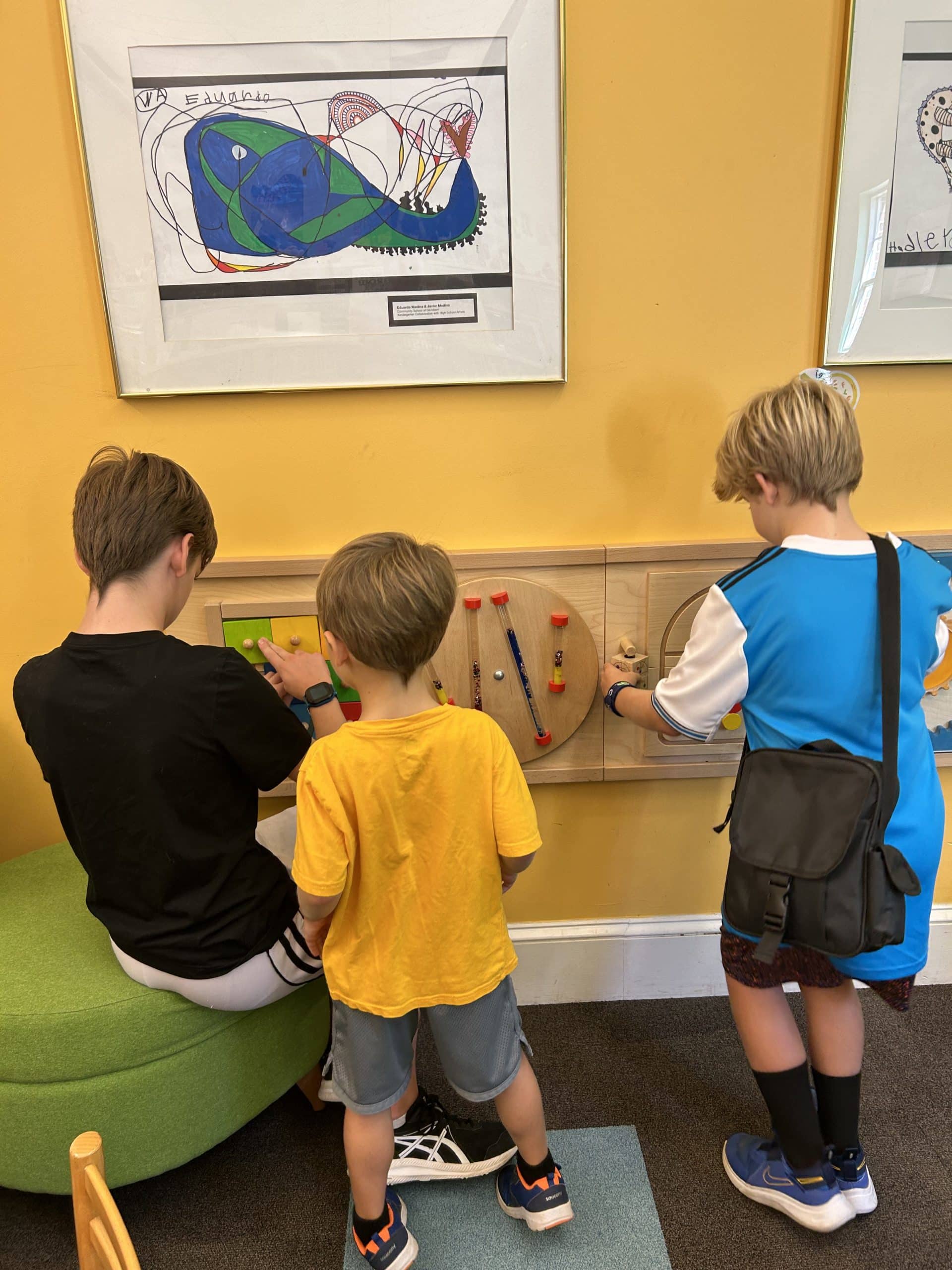One of my earlier blogs was on the importance of technology in schools. With all the technology available to our students a new movement in teaching methods in the K-12 classroom is the need to reach children through gaming – that is video games. Our young teachers who grew up with computer games claim that traditional, slower-paced classroom methods are not reaching all children.
Many claim that video games can be a powerful tool that creates a problem solving and analytical climate for students. Students learn to fail, assess their methods and begin again. Additional skills taught through video games are self-control, persistence, team work, and self-confidence.
About 25 years ago my own children continuously played a game called Simcity. Today this game is still being used to solve climate problems. There are many games that are designed to cover educational standards. A game that teaches physics allows the students to play with basic optics, gravity, and psychology (Portal 2). A game for world building has students build a world one brick at a time (Minecraft). These are just a couple of examples of great gaming videos to use in the classroom.
Even though some may worry that the process will become addictive, I disagree. Our children are already exposed to video games so why not use them for learning. As I have researched, the benefits include facts that state:
• It is active learning.
• Role memorization becomes less boring.
• Is intrinsically rewarding.
• Promotes a positive attitude.
• Builds teamwork and cooperation.
• Is motivating.
• Lets students work at their own pace.
Video games cover the gamut of subjects for the classroom – mathematics, physical education, social studies, science, history, English, as well as social skills. They also provide for incidental teaching, reflections, and classroom discussions on a variety of topics. The only disadvantage I see in incorporating video games into the classroom is that they require technology funds and time but as I stated above, the benefits for students are well worth the efforts.
I am not suggesting that the entire students’ school day be spent on video gaming but I am a proponent of it being incorporated into the curriculum at least for a portion of the day or week. Schools need to be a place of joy not a place that is joyless. Students spend from six to seven hours each day in school for more than 9 months each year. They need to interact, read, create, play, and find pleasure in learning. Adding gaming can incorporate all of the above.


